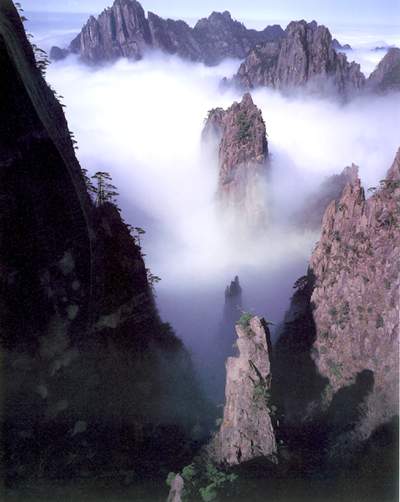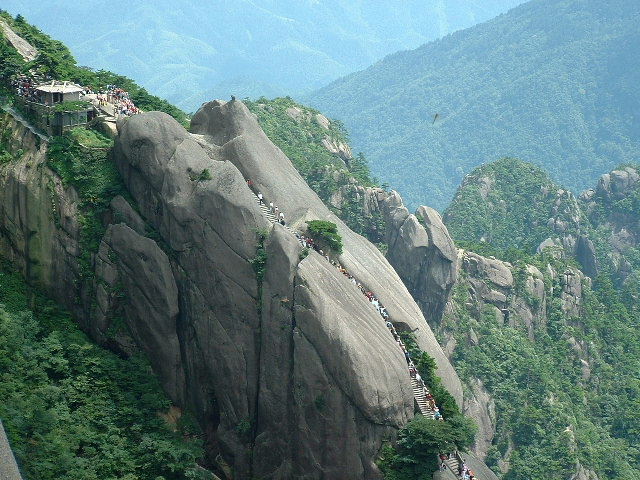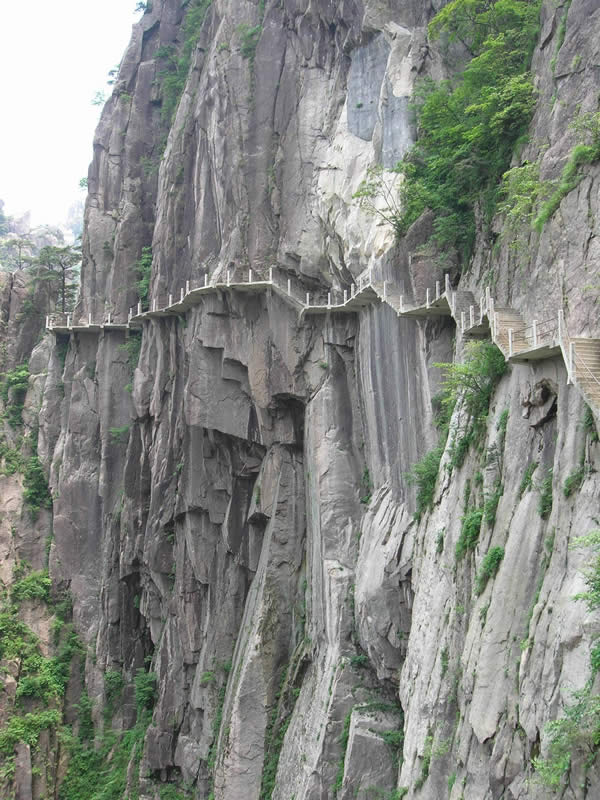Yang-Shao Culture was a kind of Neolithic culture that flourished in China about 5000-3000 bc. Originating in western China, located in the middle reaches of the Yellow River, especially in the provinces of Shaanxi (陕西), Shanxi (山西), Henan (河南), and Gansu(甘肃).
It was a civilization of farmers who used the slash-and-burn method. Living in semipermanent villages of wattle-and-daub structures, the people raised millet and wheat and maybe have also practiced an early form of silkworm cultivation. They kept pigs and dogs—and to a lesser extent sheep, goats, and cattle—but much of their food still came from hunting and fishing. Their stone tools were polished and highly specialized. At least two classes—the rulers and the ruled—existed, and there is evidence of emerging craft specialization.
Typical of Yang-shao artistic production is the fine white, red, and black painted pottery for which the culture is sometimes named the Painted Pottery Culture. Handmade, that is, made without benefit of a potter's wheel, sintering temperature has reached about 950 ℃. The pottery is distinguished by geometric design patterns, most popular is double ear bottles with smooth lines showing highly artistic beauty. pottery may have been used primarily for gifts to the dead.
Yang-Shao Culture is a kind of Matriarchal clan commune system, Early popular collective buried together and homosexual buried together, and hundreds of people buried in a public cemetery. Each Tomb only had small difference in size and burial objects, but women burial objects slightly more than men.
Pottery Pots, someone guess the Pattern on Pot's wall is a kind of ancient symbols
1956 fouded in Henan province, Miao-Di-Gou Culture
Yes, as you can see, besides the remains in the middle, made by shell, left is a dragon, right is a tiager 4400BC, in Henan province.
English Reference:
http://encarta.msn.com/encyclopedia_761572034/Yang-Shao_Culture.html http://www.britannica.com/eb/topic-651782/Yang-shao-culture
Chinese Reference:
http://baike.baidu.com/view/9771.htm
http://zh.wikipedia.org/wiki/%E4%BB%B0%E9%9F%B6%E6%96%87%E5%8C%96
http://encarta.msn.com/encyclopedia_761572034/Yang-Shao_Culture.html http://www.britannica.com/eb/topic-651782/Yang-shao-culture
Chinese Reference:
http://baike.baidu.com/view/9771.htm
http://zh.wikipedia.org/wiki/%E4%BB%B0%E9%9F%B6%E6%96%87%E5%8C%96
>> Read More...
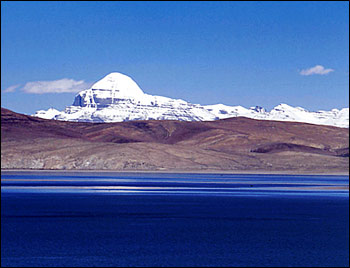 Tibet is surely a destination apart from most in the world, the rolling hills of the high plateau and the stunning Himalayas are none to any. Today in the age of information with jet aircraft, highways and the net work of computers, mysterious places are rare to be found. But, Tibet is an exception.
Tibet is surely a destination apart from most in the world, the rolling hills of the high plateau and the stunning Himalayas are none to any. Today in the age of information with jet aircraft, highways and the net work of computers, mysterious places are rare to be found. But, Tibet is an exception.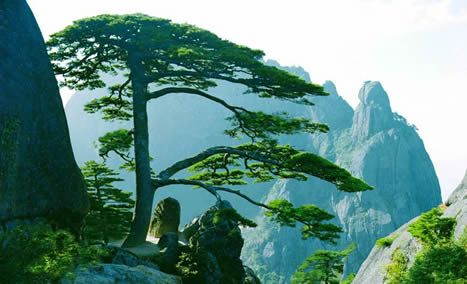 Mt. Huangshan located in the southern part of Anhui Province, the Yellow Mountains (Huangshan in Chinese means yellow mountain) extend across - Shexian, Yixian, Taiping and Xiuning. They rose above the earth surface as a result of movement of the earth's crust over a hundred million years ago. Later they underwent the erosion of Quaternary glaciation and have gradually become what they are today.
Mt. Huangshan located in the southern part of Anhui Province, the Yellow Mountains (Huangshan in Chinese means yellow mountain) extend across - Shexian, Yixian, Taiping and Xiuning. They rose above the earth surface as a result of movement of the earth's crust over a hundred million years ago. Later they underwent the erosion of Quaternary glaciation and have gradually become what they are today. 

